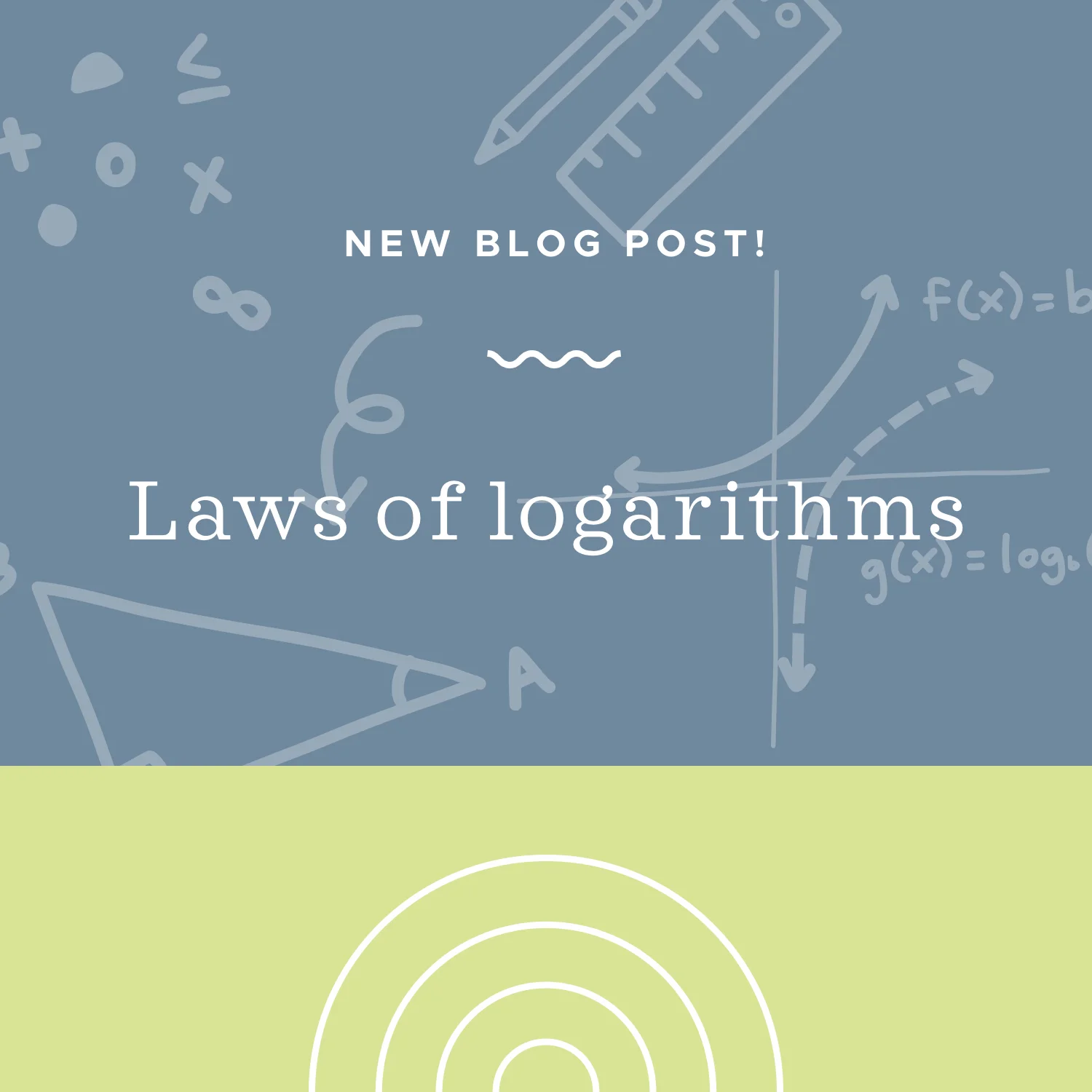It’s easier for us to evaluate logs of base 10 or base e, because calculators usually have log and ln buttons for these. When the base is anything other than 10 or e, we can use the change of base formula.
Read MoreThe general log rule relates the logarithmic function to an exponential function. It tells us that log_a(y)=x and a^x=y are equivalent, and similarly, that log_a(x}=y and a^y=x are equivalent.
Read MoreWhen there’s no base on the log, it means we’re dealing with the common logarithm, which always has a base of 10. Any logarithm with base e is a natural logarithm, and we write the log with ln instead of log.
Read MoreLaws of logarithms (or laws of logs) include product, quotient, and power rules for logarithms, as well as the general rule for logs (and the change of base formula we’ll cover in the next lesson), can all be used together, in any combination, in order to solve log problems.
Read MoreYou can always evaluate logs using the general log rule, but sometimes, depending on the value of the base and the argument, simplifying the exponential expression can be a little tricky.
Read MoreThe only numbers you can plug into a logarithm are positive numbers not equal to 1.
Read More






